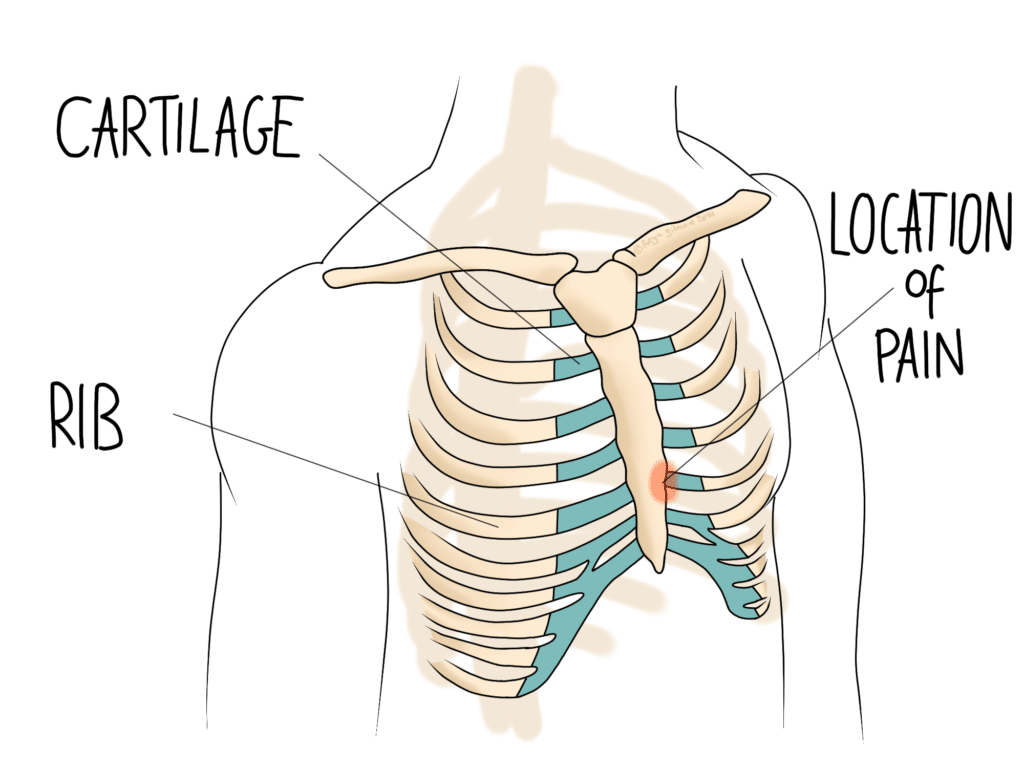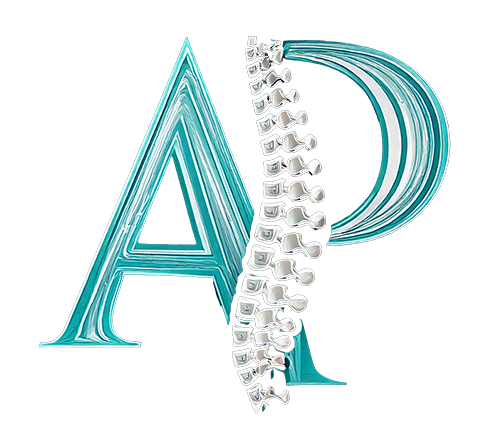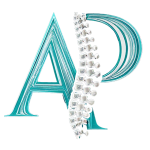Costochondritis
Costochondritis is inflammation of the cartilage in the chest where the ribs meet the sternum (breastbone).

With chest pain, we need to rule out problems with the heart or lungs. Other conditions can also cause chest or rib pain, such as fibromyalgia, anxiety, and shingles.
Symptoms and Causes of Costochondritis
Symptoms themselves can be hard to pin down, as they often come on gradually for no apparent reason, but they can also come and go without explanation. You may find it helpful to keep a pain diary for a few days to see if you can spot any patterns. Coughing, sneezing, and taking deep breaths are likely to aggravate symptoms.
Pain itself is focused around the front of the chest, and could be anything from a dull ache to a sharp pain. Sometimes it is also described as more of a pressure. In some cases, the pain is only felt when the area is touched. More than one rib is often involved, but rib 5 is the most likely to be symptomatic. This is quite high up within the chest, roughly level with the armpit.
The cause of costochondritis can be hard to pin down. Some cases develop after new or repetitive movements like painting a room or moving furniture. There may also be a link with low vitamin D levels.
Slipping Rib Syndrome
A closely related condition is slipping rib syndrome (SRS). The rib doesn’t actually slip, but the connection between the lower ribs becomes lax and irritated. In contrast to costochondritis, SRS affects the lower ribs.
When the tissues become lax, the tip of the rib can move more than it usually would. If it catches a nerve that runs between ribs, it can cause significant pain and may be mistaken for shingles. Alternatively, the hypermobility might cause a strain to the intercostal muscles that run between the ribs. It is also possible for SRS to cause general inflammation in the front of the ribs, which is how it may be mistaken for costochondritis.
Some research suggests that when costochondritis develops alongside Slipping Rib Syndrome, osteopathic manipulation can be beneficial. As hypermobility in one end of the rib will have an effect on the other end (where the rib meets the spine), osteopathic treatment may help the symptoms of SRS.
Mobilisation of the joints at the back of the ribs may also help with the symptoms of costochondritis.
Tietze Syndrome
The same cartilage is affected in Tietze Syndrome as costochondritis. Here there is local swelling over the joint, whereas swelling is more generalised in costochondritis. Tietze Syndrome is poorly understood and considered a rare disease with no clear cause. Occasionally Tietze Syndrome develops after a chest infection. This seems to be due to coughing rather than the infection itself. Your osteopath will work to rule this in or out.
If you have chest pain similar to that described above, you can make an appointment here.

